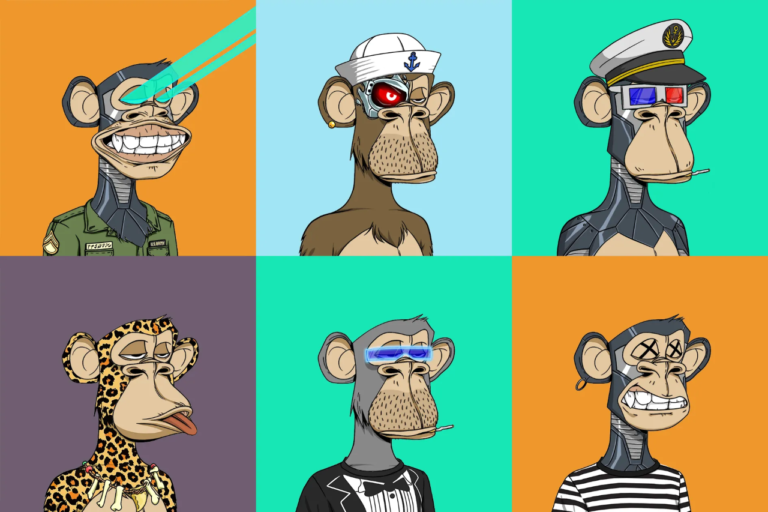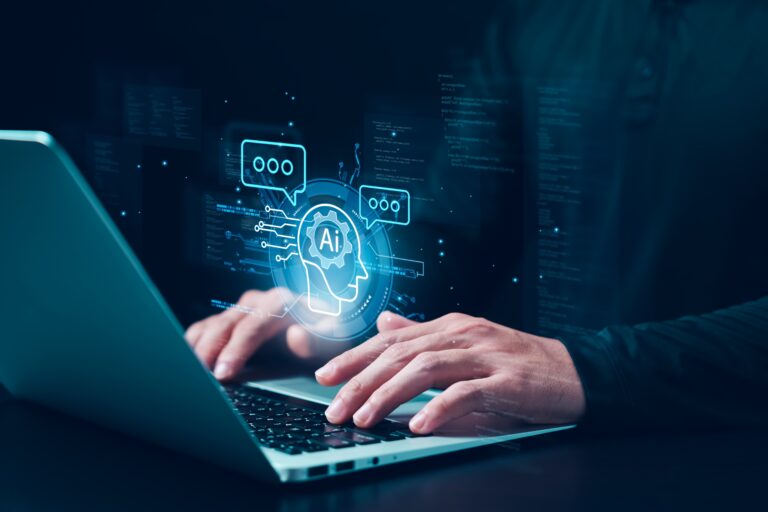When your job title is “Director of Digital”, you have to expect the odd tech question now and again. These come in all shapes and sizes, ranging in scale and complexity from “how do servers work?” to “why is my mouse not working?”.
For the last six months however, one question has been asked of me more than any other, pushing “why are my AirPods not syncing?” and “where actually is the internet?” into second and third place respectively…
NFTs. Non-Fungible Tokens. Those awful monkey pictures I see all over Twitter. What is that all about then?!
So, here you go, consider this question thoroughly answered…
What is an NFT?
Think of it like a ticket. It’s a special type of digital token (often with a dreadful ape image attached) that holds value in the same way a £5 note or tickets to Adele have value. Some come with real-life perks like being invited to a swanky Hollywood party or discounts to an in-person show, but most are just about being in a special digital club of fellow enthusiasts. They’re essentially investments, like buying a rare stamp or a great work of art (except in this case its more likely an image of a stoned marmoset rendered in Microsoft Paint).
Lovely. But if it’s digital can’t I just copy and paste it?
Yes, but not really. Those pathetic simian portraits aside, the real value of the NFT is that the code behind it is unique. Think of it like Adele tickets – I could take a photo of your tickets, but that wouldn’t give me my own tickets, and without proof that I’m you I’m not getting in to see Hello live at Wembley. You own those tickets because somewhere on the internet someone could look up who the rightful owner is and check – in NFTs’ case, this a decentralised ledger on the blockchain (think “a bouncer with a guest-list who knows whose Adele tickets belong to whom”).
Does it REALLY have value though? What’s to stop these all being worth nothing tomorrow?
Nothing. The miserable looking chimp snap you just purchased might be the next Rembrandt or it might be the next papiermark – like all tickets (and indeed modern currencies), it only holds the value we all agree it has. Should Adele suddenly get into a fight with a pensioner (unlikely I’m sure, she seems lovely), the value of those Wembley tickets may drop too. If the pound crashes tomorrow the coins and notes themselves would be little consolation – the value is the shared belief that these tokens have value. For now, a fair chunk of the world agrees they do, and an ever-growing amount of value in terms of real-world pounds and dollars.
Why does all this matter?
One of the big problems with digital artwork is that it’s all completely copiable. Anyone on earth can hold a pixel-perfect masterpiece on their iPhone which they can share with their friends for nothing. If any piece of art can can replicated by anyone at any time for free, how does digital art ever hold value again? NFTs are one way of combating that problem, by providing an official “owner” to digital creations – yes the image itself can still be shared freely, but there’s only one true copy of the Mona Lisa – so too with the art NFTs are connected to. If NFTs are successfully, they will revolutionise the way we think about non-physical media, providing artists with a new way to monetise their works and create new incentives for the buying and selling of unique digital pieces. If they fail, a lot of people might be left with a large collection JPEGs and a hole where their savings once were. Let’s find out!





